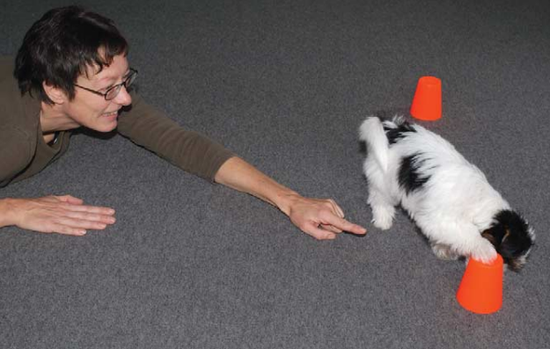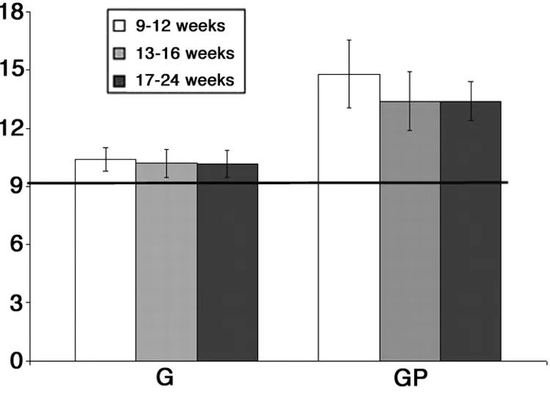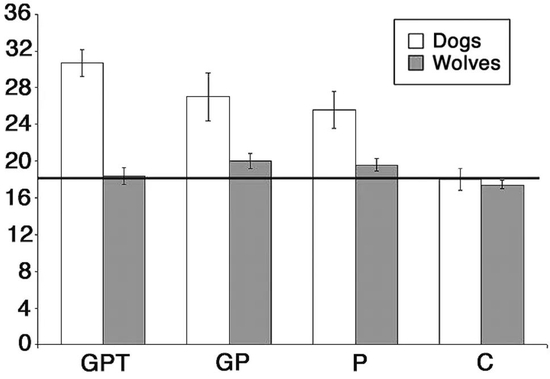There are many reasons why dogs are man’s best friend: Shepherd dogs help humans patrol and protect livestock, hunting dogs help people catch prey, guard dogs protect your family…
But, think about it another way, do dogs consider humans friends? Do they really understand our thoughts and instructions? Is the relationship between man and dog merely that of the tamer and the tamed?
To answer these questions, we can find clues in a classical behavioral experiment 20 years ago.
Can dogs really understand what we mean?
This experiment is actually quite simple, the experimenter will hide food in two upside down opaque cups and let the subject (children or animals) choose the cup containing the food. Before choosing, the experimenter will use his finger, tap the cup or use his eyes to point out the cup containing the food.

If the subject is a child about two years old, they can essentially read the experimenter’s gestures and gaze. But if the subjects were changed to animals, the result would be completely different.
Chimpanzees may be considered one of the most intelligent animals, but they do not act very precisely in this simple experiment; In contrast, dogs can act much more precisely than chimpanzees: even without training, they can read human gestures and determine exactly which cup contains food.

This not only shows their “trust” in humans, but also reveals a cognitive problem: these dogs seem to be able to read human gestures and eyes.

In addition to this simple experiment, researchers conducted many similar experiments or phenomena and discovered that dogs can read people’s intentions from small movements such as turning their heads, bowing or turning their heads. nod.
All kinds of experiments and phenomena seem to show the same result: dogs can really make sense of us!
Where does a dog’s ability to understand people come from?
After discovering the phenomenon, the researchers posed a new question: where does this ability of dogs come from?
The researchers put forward three hypotheses for this:
Hypothesis 1: These may be dogs that may have been “trained” after living with humans;
Hypothesis 2: This could also be their “wild instinct”: Wolves need companions to hunt, perhaps inherited from the ancestors of wolves and dogs?
Hypothesis 3: It is also possible that humans developed this ability for them when they domesticated dogs thousands of years ago.
And once you have your hypothesis, the next step is to test it.
For the first hypothesis, the researchers began to gather dogs of different ages and did the same experiment again, and found that dogs of different ages were more accurate. similar in the experiment. They also compared domestic and wild dogs, and the same thing happened. Therefore, it can be seen that hypothesis 1 is completely false.

Dogs of different ages showed similar performance in the experiment, where G means “eye gesture” and GP means “eye gesture + finger gesture”.
For the second hypothesis, the researchers conducted experiments on the “close relative” of dogs, wolves. If the exact proportions of wolves and dogs are about the same, it means that the ability to read the will of humans may have come from the ancestors of dogs and wolves.
However, the results show that wolves cannot perform the exact same actions as dogs, so the second hypothesis is also completely wrong.

Therefore, it can be seen that the ability to read human’s will in dogs has been formed since humans first domesticated dogs thousands of years ago.
In fact, recent research has confirmed this. The researchers repeated the experiment 20 years ago with 378 two-month-old puppies. The difference is that more than 300 of these dogs have been screened very strictly: the same breed, the same sex, the same age, the same breeding conditions…
And using mathematical modeling, the researchers deduced that the canine’s ability to read humans’ minds is about 40 percent genetic. In other words, this ability may be innate — right from birth, dogs have the ability to read human will. Combined with previous experiments, this may be the result of human domestication selection.
Do dogs consider humans friends?
Looking at the experiments of scientists over the past two decades, you can tell that the loyalty, obedience, and intelligence of dogs are not only shaped by human training.
They can read human gestures, read human eyes and understand human language.
Perhaps, since the first dog was domesticated thousands of years ago, we humans have always had a friend who tries to understand us.
“Dogs are man’s best friend” and probably humans too.
